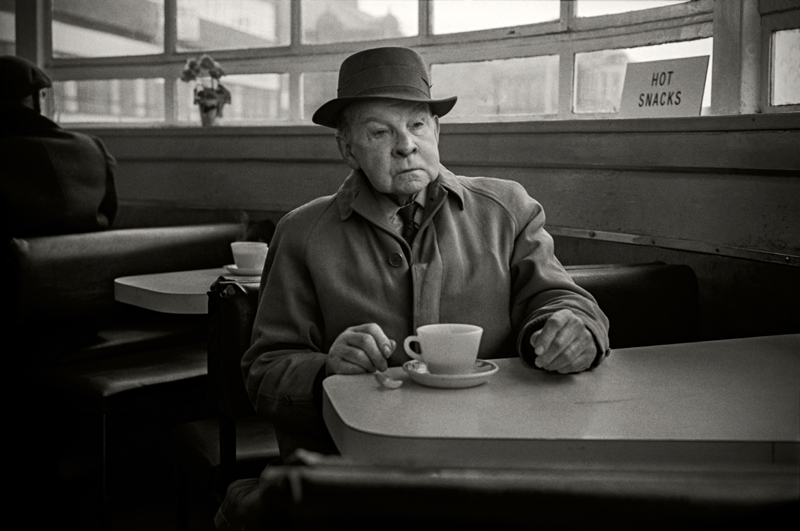
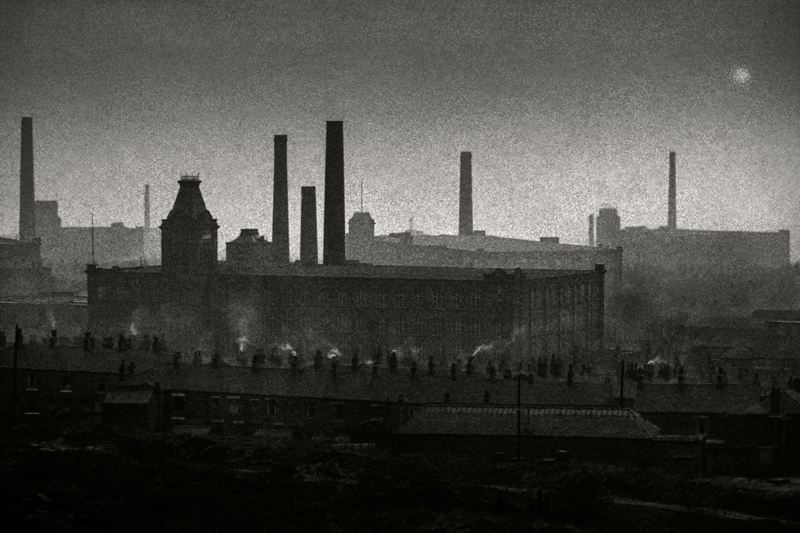
And was Jerusalem builded here,
Among these dark Satanic Mills?
— William Blake
This article for Macfilos came about in a curious roundabout way. I commented on an article by Richard Alton who in turn checked back with my website. He suggested I contact Mike Evans who was enthusiastic and asked me to set down the background to the images.
Mike felt touched by the photographs because, as he says, he came from a similar northern background and finds the street scenes evocative of his youth.
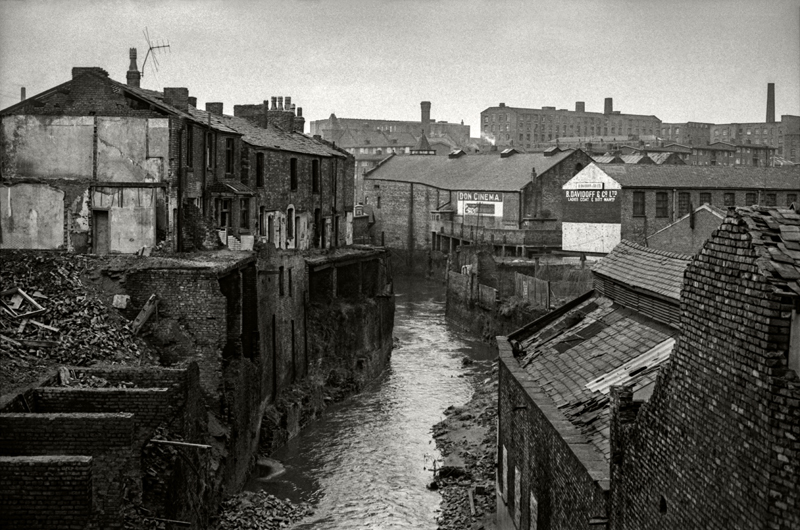
The big question is why someone who was born and grew up in the far-off Balkans should become attracted to and enchanted by England’s industrial north. While in secondary school, I came upon Friedrich Engels’s book The Condition of the Working Class in England and my imagination was fired by his descriptions of Manchester and the surroundings. You know, the dark satanic mills and all that.
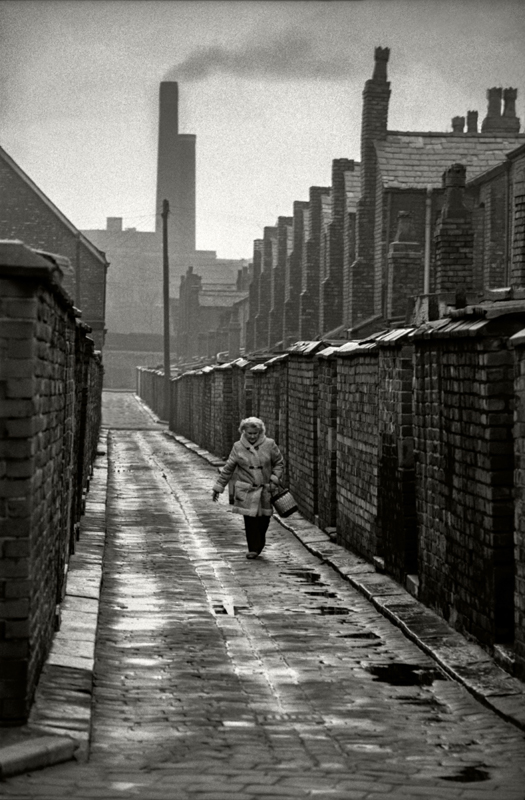
My curiosity deepened when later I read more books on the subject, including George Orwell’s The Road to Wigan Pier and J.B.Priestley’s English Journey (and, of course, Charles Dickens although almost all his novels, with the one exception of Hard Times, were set in the South East).
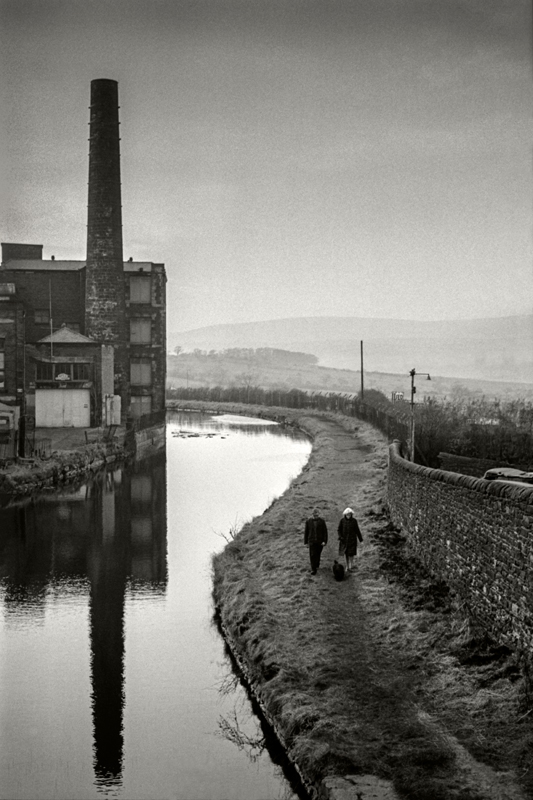
Finally, after I had arrived in London in the autumn of 1968, I bought Bill Brandt’s Shadow of Light and was blown away, particularly by his photographs of northern towns. From then on visiting and photographing the area became an obsession with me and at last I made several brief trips to the North, mostly over weekends.
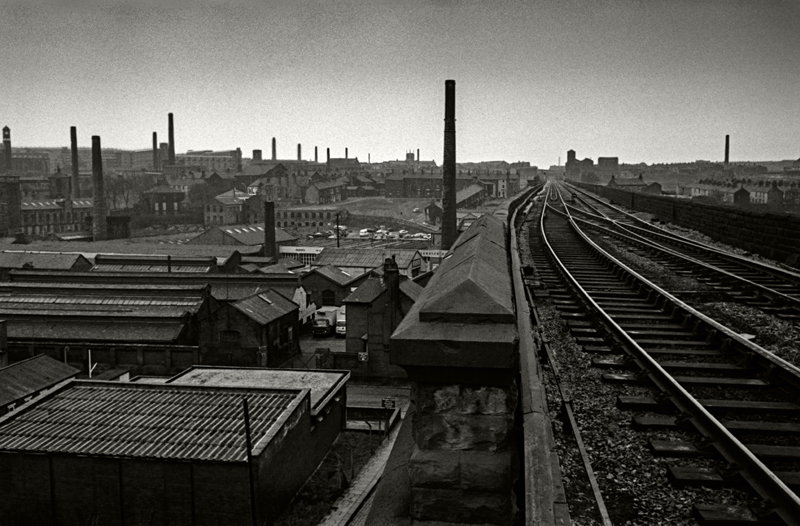
I was mesmerised by what I saw and found the people down-to-earth and very friendly. During my first visits I used an Asahi Pentax Spotmatic camera and a battery of lenses ranging from 20mm to 300mm, but in 1971 switched to a Leica M4 with 35mm and 50mm Summicrons. My film of choice was Kodak Tri-X exposed at 400 ASA and developed in D76 1:1.
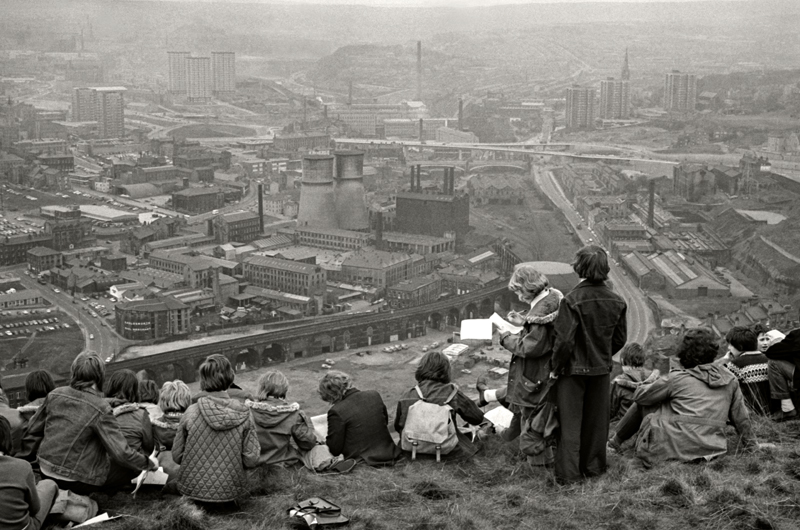
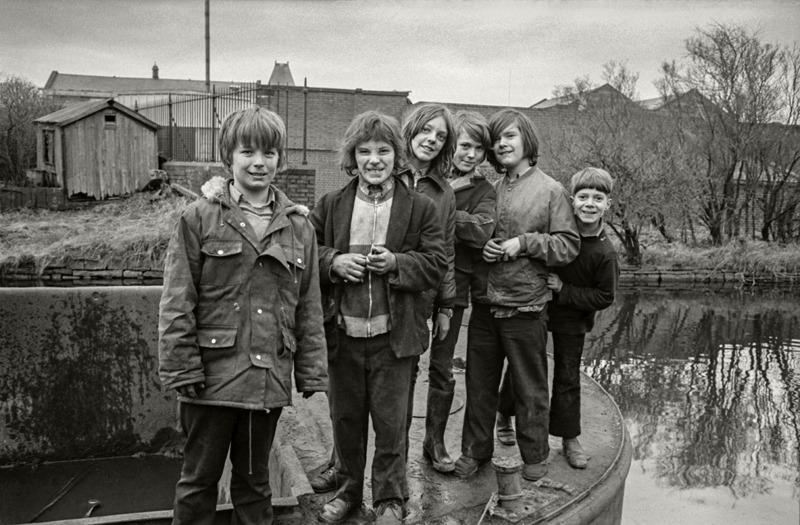
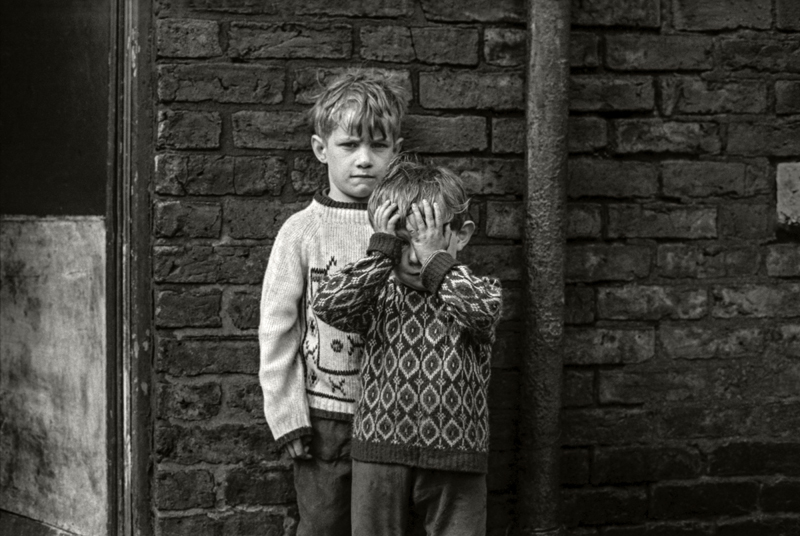
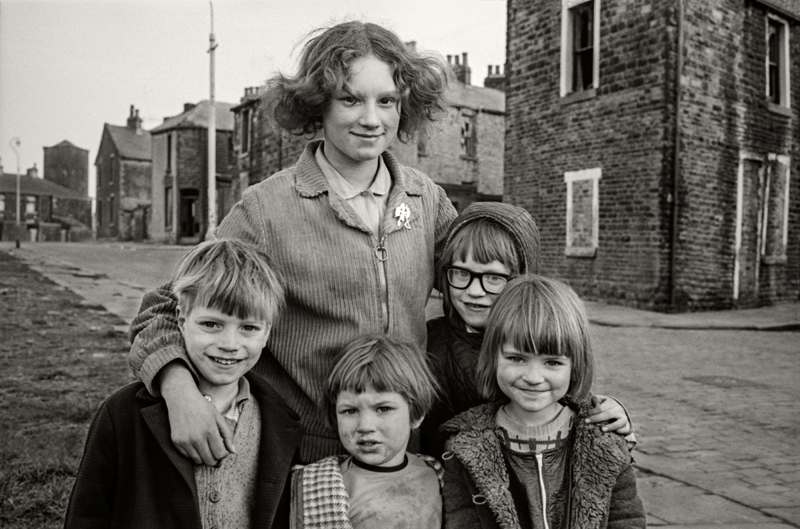
These photographs, including scenes from Bradford, Oldham, Manchester, Burnley, Halifax, Huddersfield and Liverpool, had been collecting the proverbial dust in the form of contact prints until 2012, when I had them scanned and saw them ‘enlarged’ for the first time. They have never been exhibited, published or otherwise widely shown.
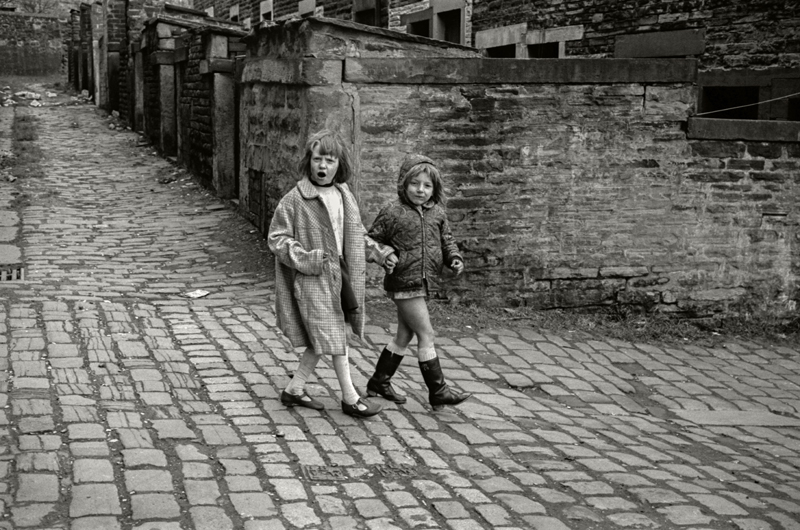
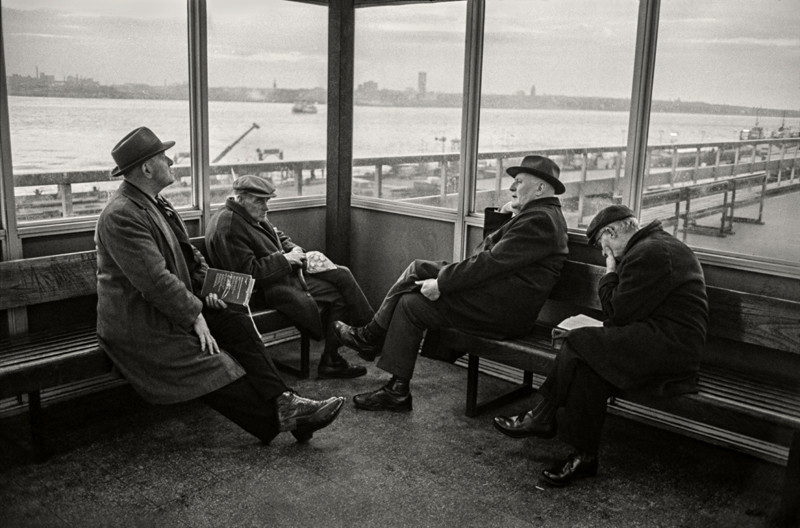
Thus it is that a collection of images of Northern England taken 50 years ago now finds a home here in Belgrade, Serbia.
Find the full series of Dragan Novakovic’s Northern England photographs here.
All photographs ©Dragan Novakovic and may not be reproduced without permission
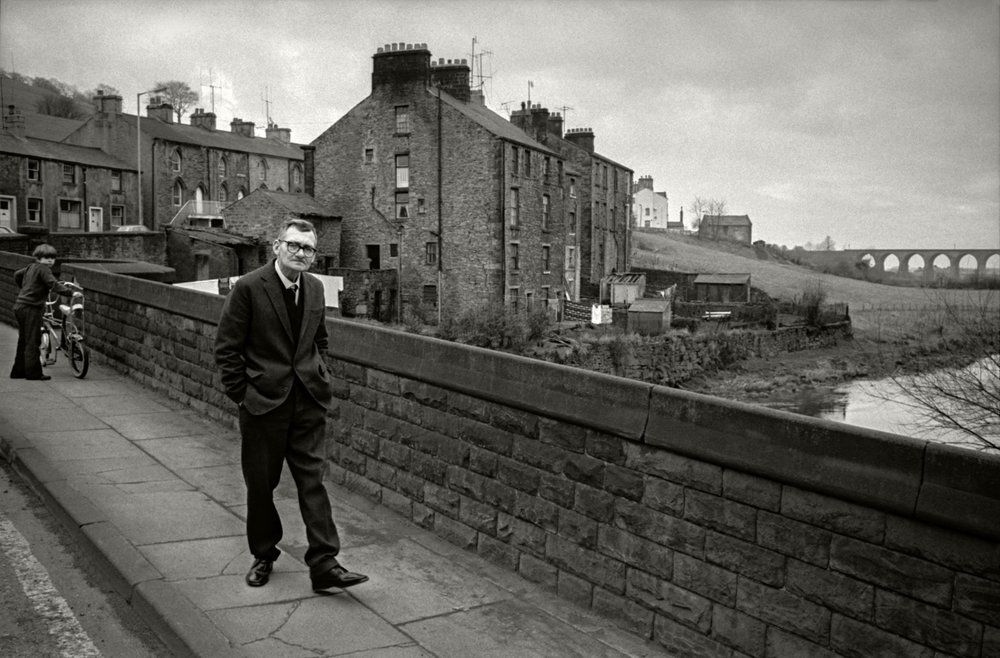
_________________
- Subscribe to Macfilos for free updates on articles as they are published
- Want to make a comment on this article but having problems?

to the right of the Don Cinema picture 3rd from the top parts of the film a taste of honey was made,The cinema was on the corner of Ashton New Road and Beswick st Manchester,The cinema is now Holt Town Tram Stop,but to every one that ever got the bus to that stop it was always refereed to as The Don.
Walt
Thanks for your additional information. This is an old article so probably won’t get much attention. But it is valuable as a matter of record for future visitors to the article. I was born and raised in Lancashire, in the Wigan/Bolton area, so I knew Manchester quite well as a young man. My first job was in Stretford Road, Moss Side in the old National Provincial Bank.
amazing work. Superb composition. Many congratulations.
From Greece with great respect. Spiros
Many thanks and best wishes, Spiros.
Fantastic. These would stand with the best documentary photos I’ve seen from the north of England. I am amazed that these aren’t published and part of a major collection. I am also humbled by your skill. Well done.
Richard, thank you very much for your comment. I’m glad that you like it so much.
Composition, light, subjects, processing. Superb. Thank you.
Thank you too, Wayne.
Marvellous, Dragan – these pictures should be seen more widely. Little Hoxton Press are always looking for material with an urban theme.
If it hadn’t been for your advice and post about Constance, these pictures would still be languishing on my hard disk drive. Many thanks, Richard! As I have already explained to William, I am waiting to hear from a publisher who has promised to do a book with me. Still, the Hoxton Mini Press site is very interesting and is worth keeping in mind.
Superb. Surely the best photos to ever be featured on Macfilos.
Thanks very much, John.
I grew up in Middlesbrough in the 70’s and early 80’s, and some parts of the towns outskirts where similar to these images. I have also read most of Dickens work, and some of Orwells – Dickens mainly because I live near Rochester, and spend considerably time walking the streets there, and loving the history of the place.
I must say I love these images, I can almost smell the grime, taste the fumes of industry and hear the passing rumble of trains both steam and diesel. Thank you for sharing with us.
Dave, thank you. If a photograph succeeds in evoking smells, surely it can’t be all that bad. And the homely smells of the good old working men’s pubs, cafes and Wimpy bars, fish and chip shops…? I can still smell that too.
I’m bowled over by having the scenery and places of my northern childhood and young adulthood presented so sympathetically and accurately – the brickwork, the smoke, the streets and backstreets, the viaduct and the mysterious country lurking in the background, the clothes. Certainly black and white corresponds to my memory – those WERE the colours weren’t they? I’m no professional, but these strike me as an exceptional ode to humanity. A thousand thanks!
John, what you are describing is precisely what I found so irresistibly attractive about the place. Yes, so black and, especially on Sundays, so quiet and melancholy. I regret to this day not having been able to spend more time there – these few photographs I have to show for it are the fruit of three or four very brief stays; there was so much to see and so little time, so I shot mostly on the fly, as it were; and I didn’t have film to waste. Oh, well… Many thanks!
Simply superb work here Dragan! It really conveys the feeling of the times so well. Amazing that these are from almost 50 years ago. The late 60’s and early 70’s seem like not that long ago, but I guess that all depends on your time frame!
Bill, time flies, doesn’t it. Even today I find myself regarding the children in these photographs as still children, although they are now people in their 50s and 60s and hopefully still alive. Many thanks.
These are wonderful photos, Dragan. Have you thought about publication of these and, indeed, the other ones in your portfolio? I can see how the photos were inspired by the literature that you mention. I am not that familiar with Engels, but I am more familiar with Dickens and Orwell. Mr Gradgrind would, indeed, recognise what you are showing here. The streets are more empty than they would be today and together with the black and white treatment they convey a certain sense of alienation. Yet, when you show the photos of the children (something that would not be possible today) playing in the street you capture the sense of warmth and community that we all know exists in the North of England. Your photos remind me of those taken by the late Bill Doyle in Dublin at around the same time – Images of Dublin – A Time Remembered. Yes, they were hard times, but the sense of warmth and community sings out from his photos, as they do from yours.
You also show that real photography is timeless and that great photography is possible with the simplest of equipment. Going back to my first point, if you do decide to publish your photos, I am sure that you could provide a great linking text to go with them, particularly with the references to classic literature about Northern England.
William
Thank you, William. I have made a submission to a publisher and he has informed me that he would like to do a book with me.
And thanks to alerting me to Bill Doyle’s work, it is the kind of photography I love. A lot of that sense of warmth and community you write about is also captured by the late Roger Mayne, especially in his pictures from Southam Street in London. In those days, which coincide with my childhood, many streets were children’s paradise and almost free of traffic and parked cars.
On a par with Brandt’s work. Simply superb. Difficult to imagine northern England still looked like this well into my lifetime.
Thanks, Stephen. It appears that very little of that is left today. I’ve looked at pictures of modern Burnley and not been able to recognize a single feature.
Reminds me of Chicago Nanny Vivian Maier whose photos were rediscovered, thank you!
Thank you, John.
wonderfully atmospheric! I doubt if Tri-X could have a better application than this. A fantastic documentary on the past, Dragan.
Thanks, Jason.
These pictures remind me of the phrase that the American author Leon Uris used for one of his novels.
A terrible beauty.
Along with Bill Brandt, John Bulmer made work with a similar feel to this and later continued the work in colour. I had seen some of his pictures on the interwebs, but whilst in Rome for Christmas, we went to the "100 years of Leica" exhibition and amongst the other great works, was his brash colour, shouting across the room.
Many thanks Dragan, you have the eye, are you still practising?
StephenJ
Yes, Stephen, a terrible beauty. And also breathtaking, captivating, stunning, mesmerizing…
I am familiar with John Bulmer’s work and I love it. How I wish I had visited the places where he worked! Of course, all that has changed beyond recognition.
I don’t practice any more. I still take pictures, but nothing ambitious or serious.